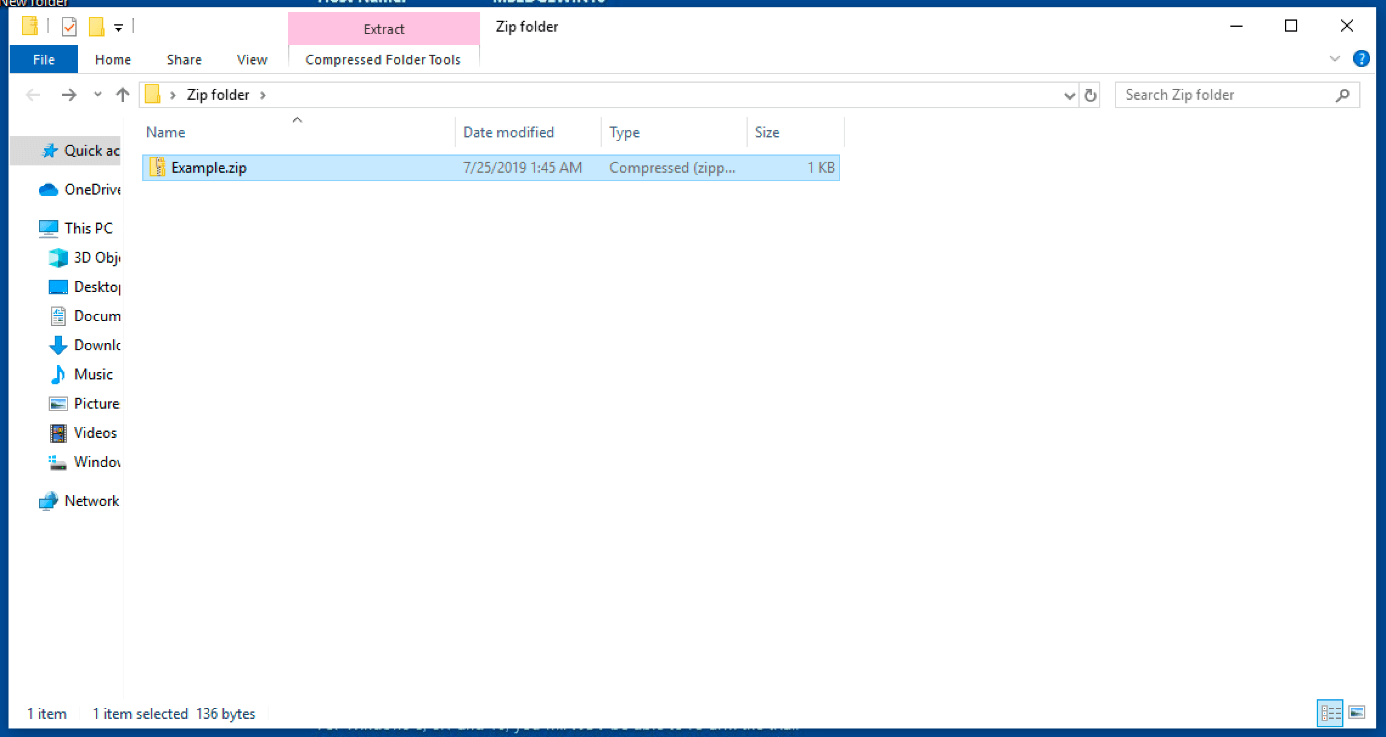

While this technology has existed for decades, modern OSes typically focus on cloud-based sharing services when providing options for users to share data. By using compressed file types, such as ZIP, a sender can place multiple documents, including entire directories, together and compress them as a single file making it easy to share, while using strong algorithms to encrypt the contents based on a password that only the recipients will know. The trade-off is that this type of data should be shared directly between those who require access to it and no one else. This is especially true of data that is sensitive or confidential in nature. SEE: COVID-19: A guide and checklist for restarting your business (TechRepublic Premium) But storing data on the cloud is not the most secure practice since that data is effectively placed in the hands of a third party. Because the data is only transmitted from server to client provides little impact on bandwidth for the sender and recipient. When considering how to share data efficiently, cloud storage has a leg up on hardware by making it easy to share files and folders with users across the globe with a few clicks. Top 10 open-source security and operational risks of 2023Īs a cybersecurity blade, ChatGPT can cut both waysĬloud security, hampered by proliferation of tools, has a “forest for trees” problemĮlectronic data retention policy (TechRepublic Premium) Image: Meilun, Getty Images/iStockphoto Must-read security coverage Learn to secure multiple documents by encrypting compressed files on various OSes using a password. How to encrypt compressed files the easy way from Windows, macOS, or Linux


 0 kommentar(er)
0 kommentar(er)
